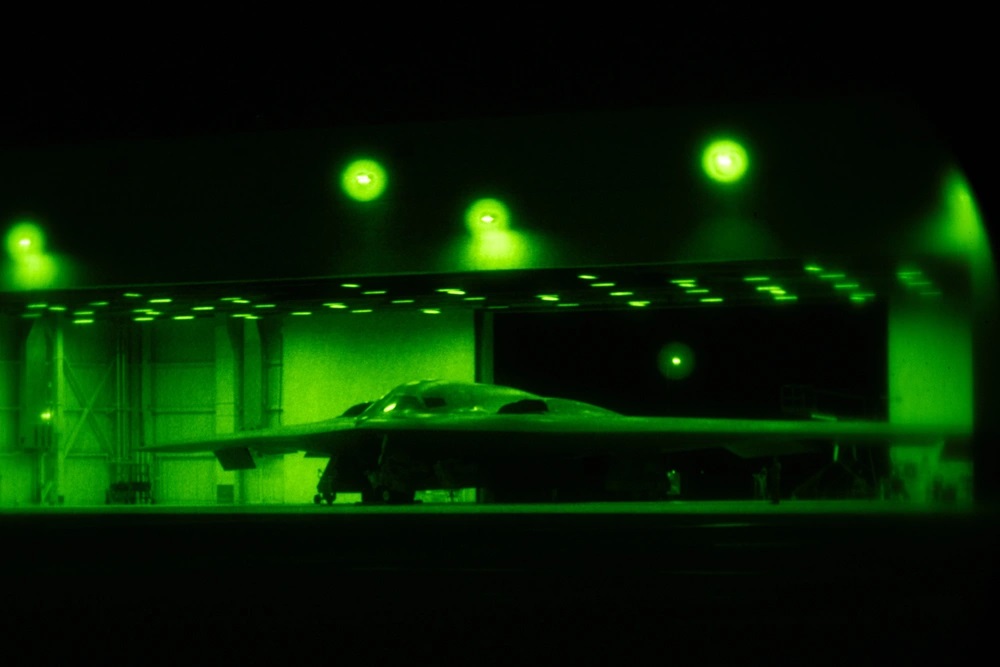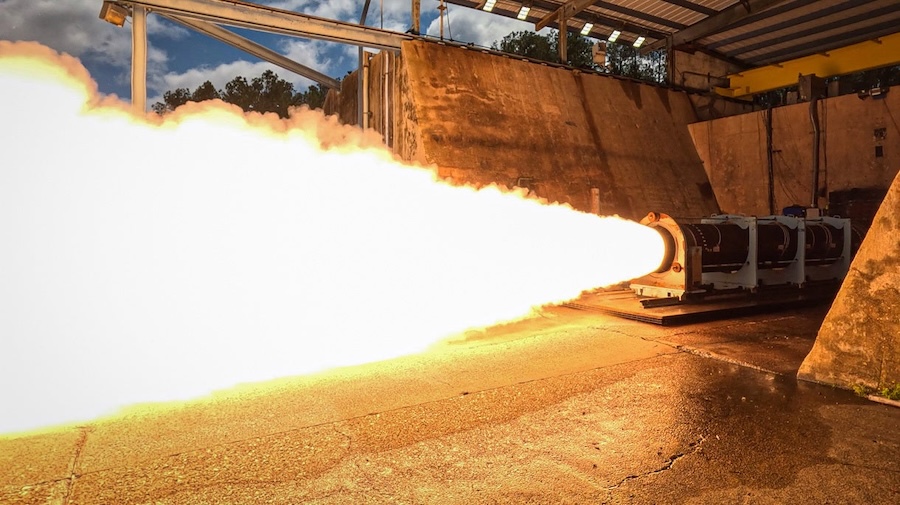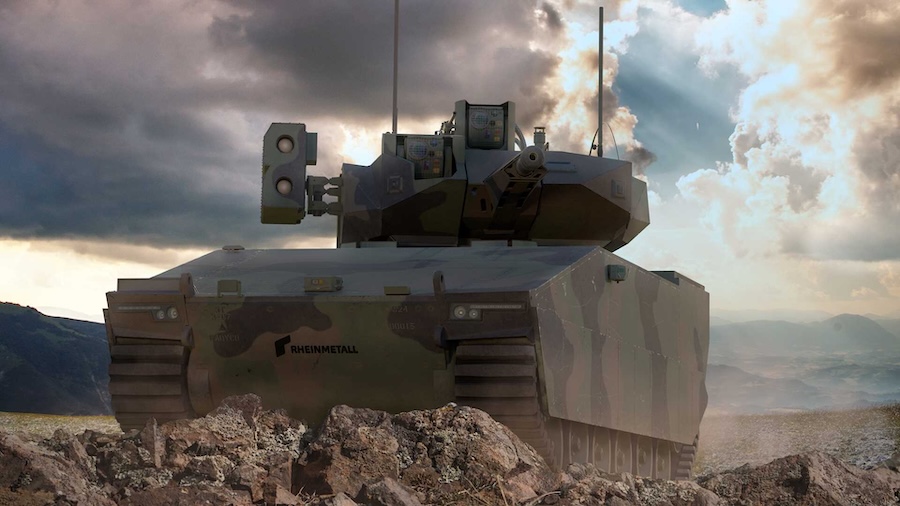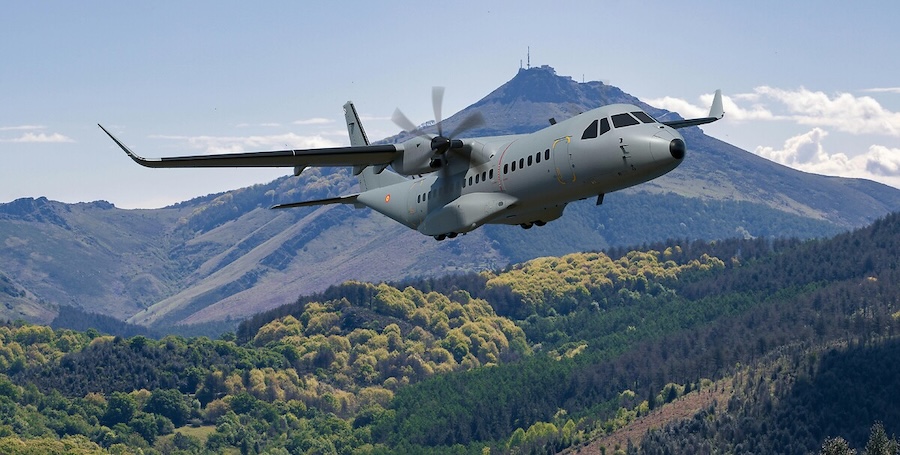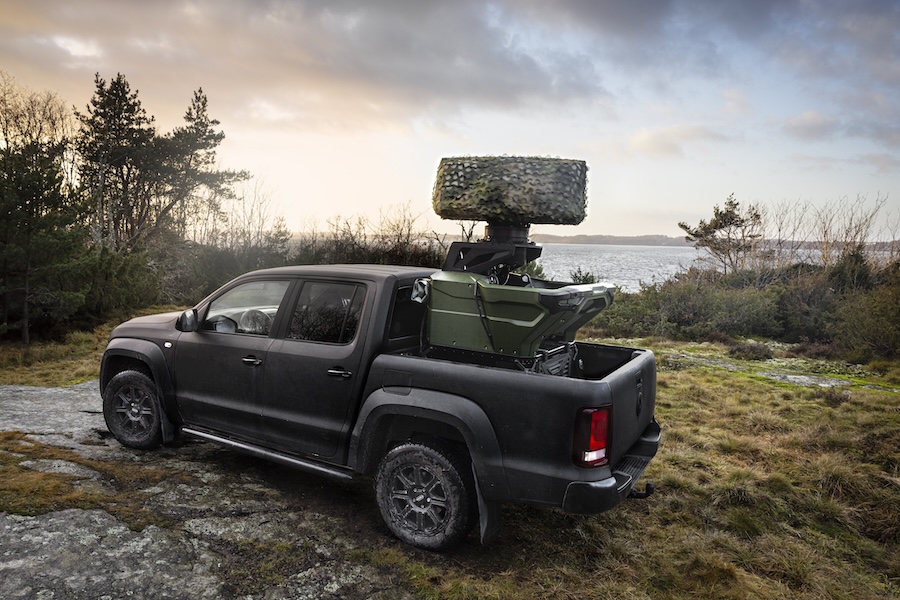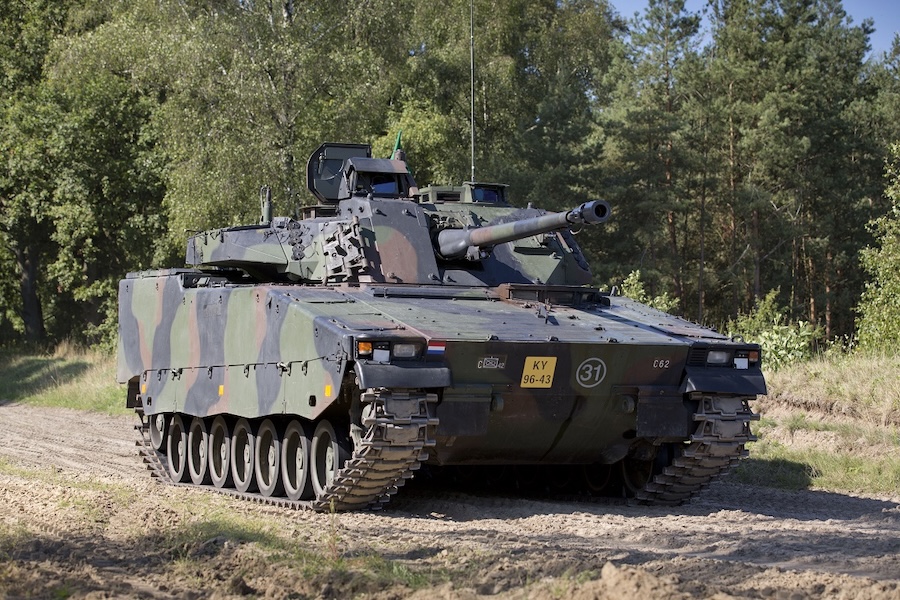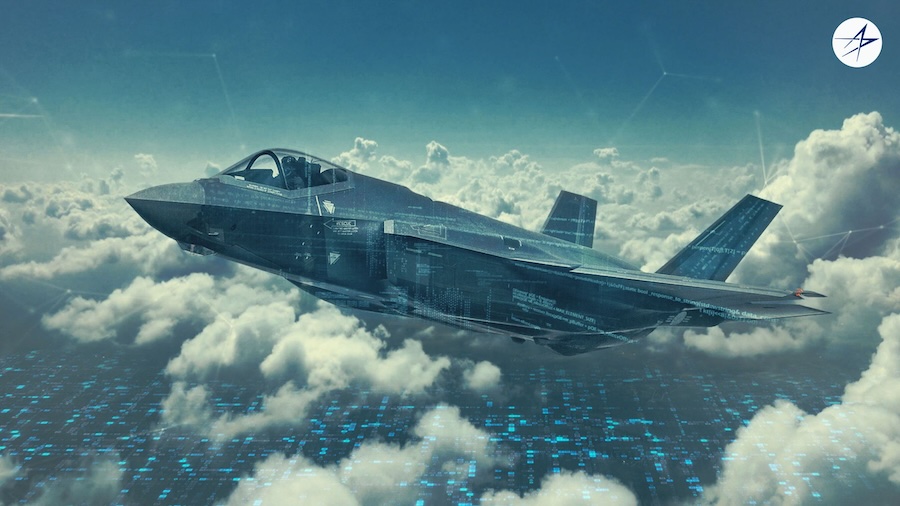According to the report, more than 4,000 personnel at Whiteman Air Force Base supported the mission, which required strict secrecy. Colonel Josh Wiitala, who commanded the operation, told Fox News Digital that the raid represented “flawless performance” and highlighted the extensive training and coordination that made the strikes possible.
The Mission
The operation took place in June and lasted around 30 hours. Fourteen pilots flew the aircraft into Iranian airspace, deploying America’s 30,000-pound GBU-57 Massive Ordnance Penetrators (MOPs) for the first time in combat. The bombs were targeted at two key Iranian nuclear facilities: the Fordow uranium enrichment plant and the Natanz nuclear facility.
Pilots reported exhaustion after the extended mission, during which they took turns resting in short intervals between aerial refuelling manoeuvres. Colonel Wiitala described aerial refuelling as one of the most challenging aspects of the mission, requiring precise alignment with tanker aircraft.
The colonel would not confirm specific operational details, such as countermeasures used or the level of damage inflicted, citing classified restrictions.
Training and Preparation
Personnel supporting the mission came from across maintenance, munitions, operations, and medical units. Chief Master Sergeant Frank Espinoza explained that loading and maintaining the 30,000-pound MOPs requires specialist training, with weapons teams undergoing certification lasting several weeks and subsequent monthly practice drills.
The B-2 remains the only aircraft capable of carrying the MOPs, but it is nearing three decades of service. The U.S. Air Force plans to replace it with the B-21, expected to be more cost-effective and purchased in larger numbers.
Reported Outcomes
Independent assessments have suggested the strikes caused significant disruption to Iran’s nuclear programme. Nuclear weapons expert David Albright and colleagues reported that the destruction of centrifuges left Iran without a path to weapons-grade uranium production at known facilities. However, they also noted uncertainty about undisclosed centrifuges that may still exist.
Israel reportedly conducted separate airstrikes to weaken Iranian air defences before the U.S. bombers entered Iranian airspace.
Following the mission, former U.S. President Donald Trump declared Iran’s nuclear programme had been “completely and totally obliterated”. Critics, however, urged caution until final assessments could confirm the extent of the damage.
Iran suspended cooperation with international nuclear authorities after the strikes but issued only limited retaliation. Tehran launched missiles at a U.S. base in Qatar, but prior warning was given, and no injuries were reported.
A “Consequential Raid”
Colonel Wiitala described the mission as the most significant moment of his Air Force career, emphasising the safe return of all crews. “I think this will be remembered as one of the most consequential raids of our lifetime,” he said.
Source: Fox News.




